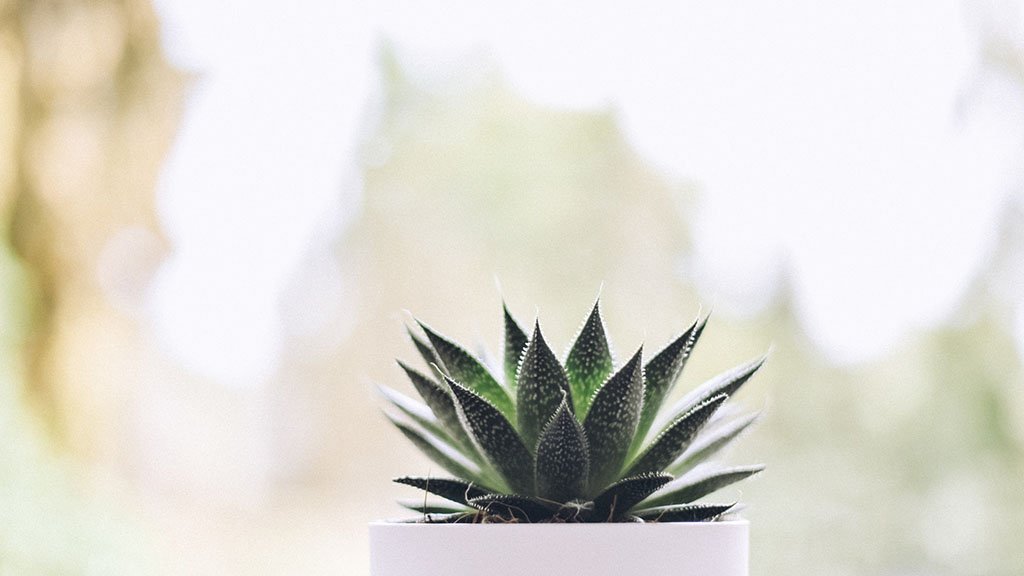Minimalism in Technique: Reliable Strategies for Creating a Balanced and Intentional Home Environment
The technique of minimalism uses a structured method to growing a home environment that reflects intentionality and equilibrium. Integrating multi-functional furniture and frequently reassessing possessions adds to a room that resonates with personal worths.
Recognizing Minimalism
Minimalism, typically misunderstood as plain simpleness or an absence of properties, encompasses a profound approach that urges people to pare down their lives to what genuinely matters. At its core, minimalism is about deliberate living, cultivating a much deeper link with oneself and the surrounding atmosphere. This way of living supporters for the removal of excess, permitting individuals to concentrate on essential values, experiences, and connections.
The minimalist method extends past physical possessions; it urges people to examine their commitments, practices, and psychological clutter. By focusing on top quality over amount, minimalists look for to create spaceâEUR" both actually and metaphoricallyâEUR" of what truly enriches their lives. This ideology advertises mindfulness, urging individuals to participate in thoughtful decision-making regarding their time, sources, and power.
Comprehending minimalism needs a recognition of its transformative capacity. Inevitably, minimalism offers as a path to greater satisfaction, motivating people to align their lives with their core values and aspirations.
Decluttering Your Space
A cluttered atmosphere can considerably influence psychological quality and general health. To grow a orderly and calm home, it is necessary to participate in a complete decluttering procedure. Begin by assessing each space systematically, determining things that no longer offer a purpose in your life or straighten with your worths. This process requires sincerity and discernment.
Begin with smaller areas, such as a cabinet or a corner of a room, and slowly progress to larger locations. As you arrange via possessions, classify products right into three groups: keep, donate, and throw out.
Integrate a timeline for your decluttering initiatives to preserve momentum. Set attainable objectives, such as devoting 15 minutes daily to the job. When completed, think about carrying out a "one in, one out" guideline to stop future build-up. By establishing a mindful approach to your ownerships, you create an even more intentional living area that fosters clarity and boosts your total lifestyle. Accept the liberty that includes a decluttered home, permitting for a more unified presence.
Curating Your Possessions
Curating your valuables entails a thoughtful and deliberate method to what you select to keep in your life. This process starts by examining each product based on its utility, nostalgic worth, and aesthetic charm. By asking crucial questionsâEUR" such as whether a product serves a purpose or brings you joyâEUR" you can make enlightened choices regarding what genuinely deserves a place in your home.
To efficiently curate your possessions, consider creating groups. Team items by feature, belief, or regularity of usage, which can assist clarify their duties in your every day life. This method not only improves the option procedure but additionally fosters a deeper appreciation for the personal belongings you choose to retain.
When you have actually identified your most valued products, concentrate on presenting them in a way that improves their significance. Thoughtful arrangement can change everyday things into significant prime focus, adding to a serene and intentional setting.
Eventually, the goal of curating your valuables is to grow a space that read this reflects your worths and way of living. By focusing on top quality over amount, you create a harmonious atmosphere that advertises mindfulness and wellness in your house.
Designing for Functionality
Designing for functionality calls for an eager understanding of how room and objects connect within your home. Each product should offer a function, improving not only the aesthetic quality of the environment yet likewise its use. Start by examining the primary features of each area. For circumstances, the kitchen area needs to assist in cooking and dish prep work, while the living room must promote leisure and social interaction.

Consider the circulation of motion within each location, permitting natural shifts between rooms. This can be accomplished via open designs or tactically positioned furniture that encourages circulation.
Making use of upright room can likewise enhance performance; install racks or wall-mounted storage to keep floorings clear. Highlight the significance of lights, as it can considerably influence exactly how practical a room feels. By focusing on utility and simplicity, you can produce an unified living environment that supports both daily tasks and individual well-being.
Preserving a Minimalist Way Of Life
Creating a useful space is only the very first action towards welcoming a minimal way of living; the obstacle exists in keeping that simplicity over time. Adopting the "one in, one out" regulation can effectively avoid accumulation; for every brand-new item presented, an existing one must be removed.
One more crucial element is mindfulness in usage. Being deliberate about purchases helps avoid impulse gets that can clutter both psychological and physical area. When buying, consider whether a product includes authentic worth to your life or lines up with your minimalist objectives.

Lastly, develop a helpful environment by surrounding yourself with like-minded individuals who value minimalism (Minimalism). Participating in conversations or taking part in minimalist communities can provide inspiration and responsibility, making certain that simpleness remains a core concept in your day-to-day life
Final Thought
Finally, the practice of minimalism fosters a well balanced and deliberate home setting with systematic decluttering, thoughtful curation of personal belongings, and the prioritization of performance in design. By adopting strategies such as the "one in, one out" regulation and involving with encouraging communities, individuals can sustain a minimal lifestyle. This approach not just reduces excess yet likewise boosts mindfulness, inevitably contributing to a more purposeful and deliberate living experience.
Incorporating multi-functional furniture and on a regular basis reflecting on possessions adds to a space that resonates with personal worths. By establishing a mindful technique to your belongings, you create an even check more deliberate living space that promotes clearness and boosts your general high quality of life.Creating for capability needs an eager understanding of how space and items engage within your home.Producing a functional space is only the initial step towards accepting a minimalist lifestyle; the challenge exists in preserving that simpleness over time. Being deliberate concerning purchases assists avoid impulse buys that can clutter both mental and physical space.